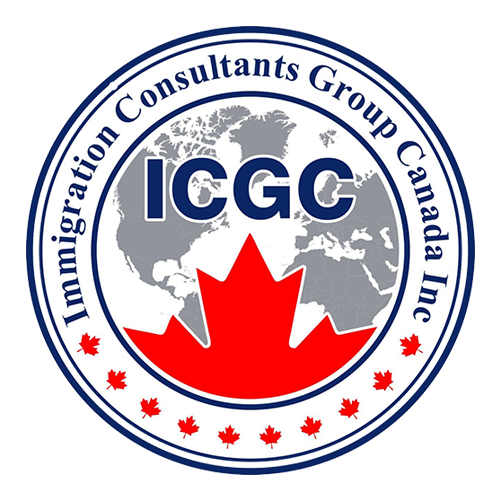Comparing the Temporary Foreign Worker Program against the International Mobility Program
Two of the most prominent ways foreign nationals can work in Canada are the Temporary Foreign Worker Program and the International Mobility Program. Read below to understand the key differences between these work permit
Canada has more than 100 different options for foreign nationals looking to come to this country. Many of these pathways can be categorized under two general programs: the Temporary Foreign Worker Program (TFWP) and the International Mobility Program (IMP).
Both the TFWP and the IMP exist to aid Canada’s economic growth, yet these two programs have different stated policy objectives and eligibility requirements.
What are the goals/intentions of the program?
TFWP: The TFWP’s principal goal is to aid the Canadian job market by providing employers throughout the country with a way to hire foreign nationals as a means of addressing labour shortages in their industry when there are no suitable Canadians to fill labour gaps. The intent of this program is to help Canadian employers that require it, while still championing Canadian citizens and permanent residents by giving them the first opportunity to apply for vacant employment openings. The TFWP does not aim to provide reciprocal benefits to Canadians abroad like the benefits it provides for employers in Canada. Instead, the TFWP is focused on meeting labour market needs for specific occupations and regions “at home”.
IMP: Conversely, the IMP was created to more generally “promote Canada’s broad economic, social, and cultural policy objectives [by allowing] foreign workers to enter Canada to strengthen bilateral and multilateral ties between Canada and the global community, as well as to promote the likes of arts, culture, sports, and religion in Canada.” Additionally, the IMP aims to provide reciprocal benefits to Canadians abroad by basing its program largely on multilateral and bilateral agreements with other countries (e.g., Canada-United States-Mexico Agreement, or CUSMA).
Note: CUSMA was enacted in 2020 as a replacement for NAFTA (North American Free Trade Agreement) as a way to further develop and reinforce strong economic ties between Canada and the two countries with which it shares a continent.
Does the program require an LMIA?
A Labour Market Impact Assessment (LMIA) is an employer-requested document that companies will submit as proof that their hiring of foreign employees will not have a negative effect on the Canadian labour force.
TFWP: The Temporary Foreign Worker Program requires employers to submit an LMIA application. For the TFWP, it is important to note that Employment and Social Development Canada (ESDC) is responsible for the LMIA and Immigration, Refugees and Citizenship Canada (IRCC) is responsible for the work permit application that follows
IMP: The International Mobility Program is LMIA-exempt, meaning that LMIA’s are not a requirement for applicants attempting to work in Canada through this program. For the IMP, IRCC is responsible for the work permit application, similar to their role with the TFWP
Who leads the programs?
TFWP: Led by ESDC, but jointly run by ESDC and IRCC
IMP: Led and administered solely by IRCC
Does the wage involved with the position in question have any impact on applicability/eligibility in this program?
TFWP: Uses wage instead of National Occupational Classification (NOC) to determine applicability and program requirements will vary by wage offered (stream)
IMP: Does not stream by wage offered
Are the work permits “open” in this program?
TFWP: Work permits in this program are employer-specific, meaning that foreign nationals applying for a job are tied to a single employer — the specific one with whom they are obtaining the LMIA and temporary work permit
IMP: IMP work permits can be either employer-specific or “open”. In other words, depending on the specific situation or agreement made by the applicant, their work permit can be tied to an individual employer or allow them to work for any employer across the country
Parting Notes
It can be challenging to find the right fit for the TFWP or IMP as an employer and to ensure that you don’t miss a step in the work permit process for either program as a worker. An experienced Canadian immigration lawyer can help.
source: cicnews.com


